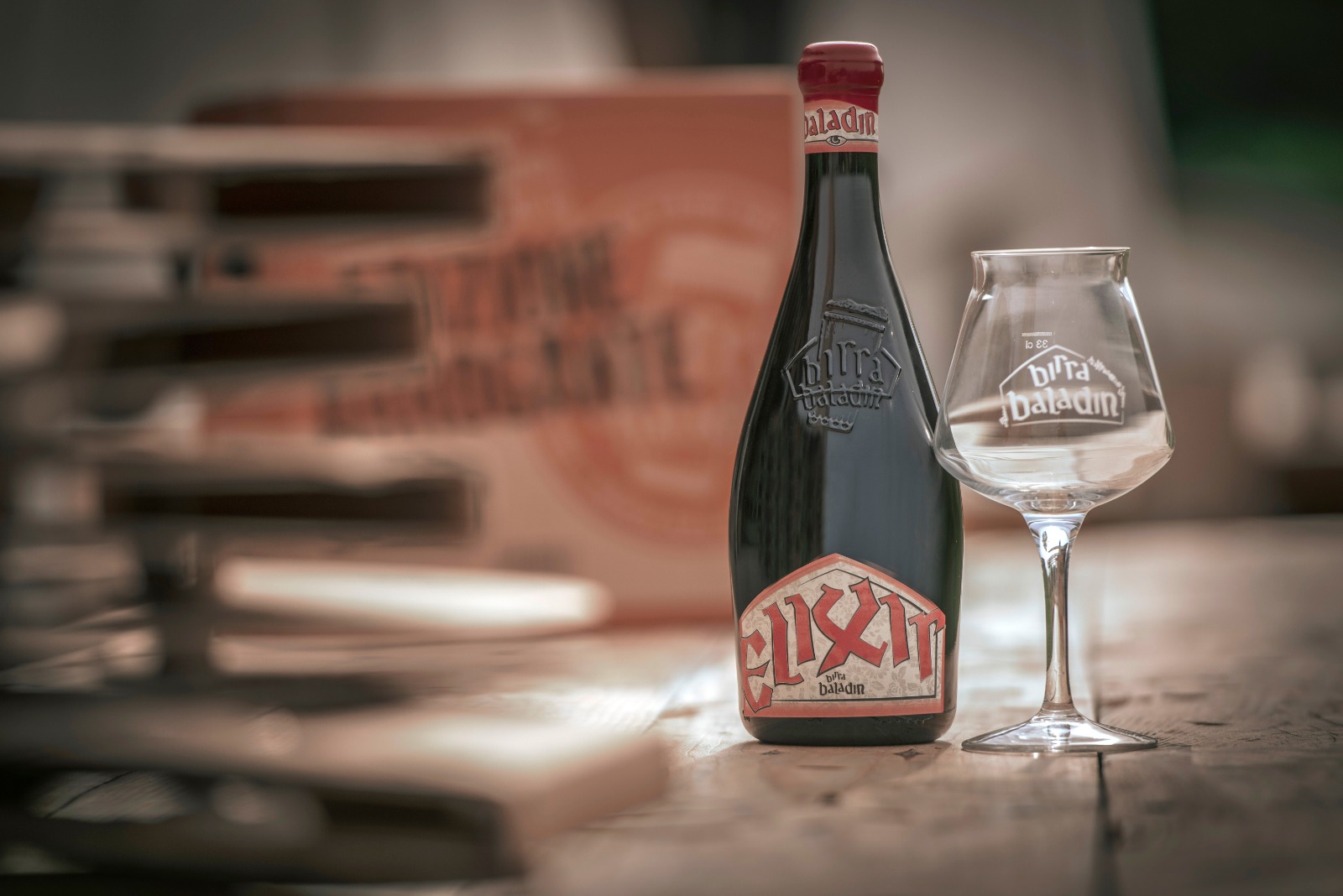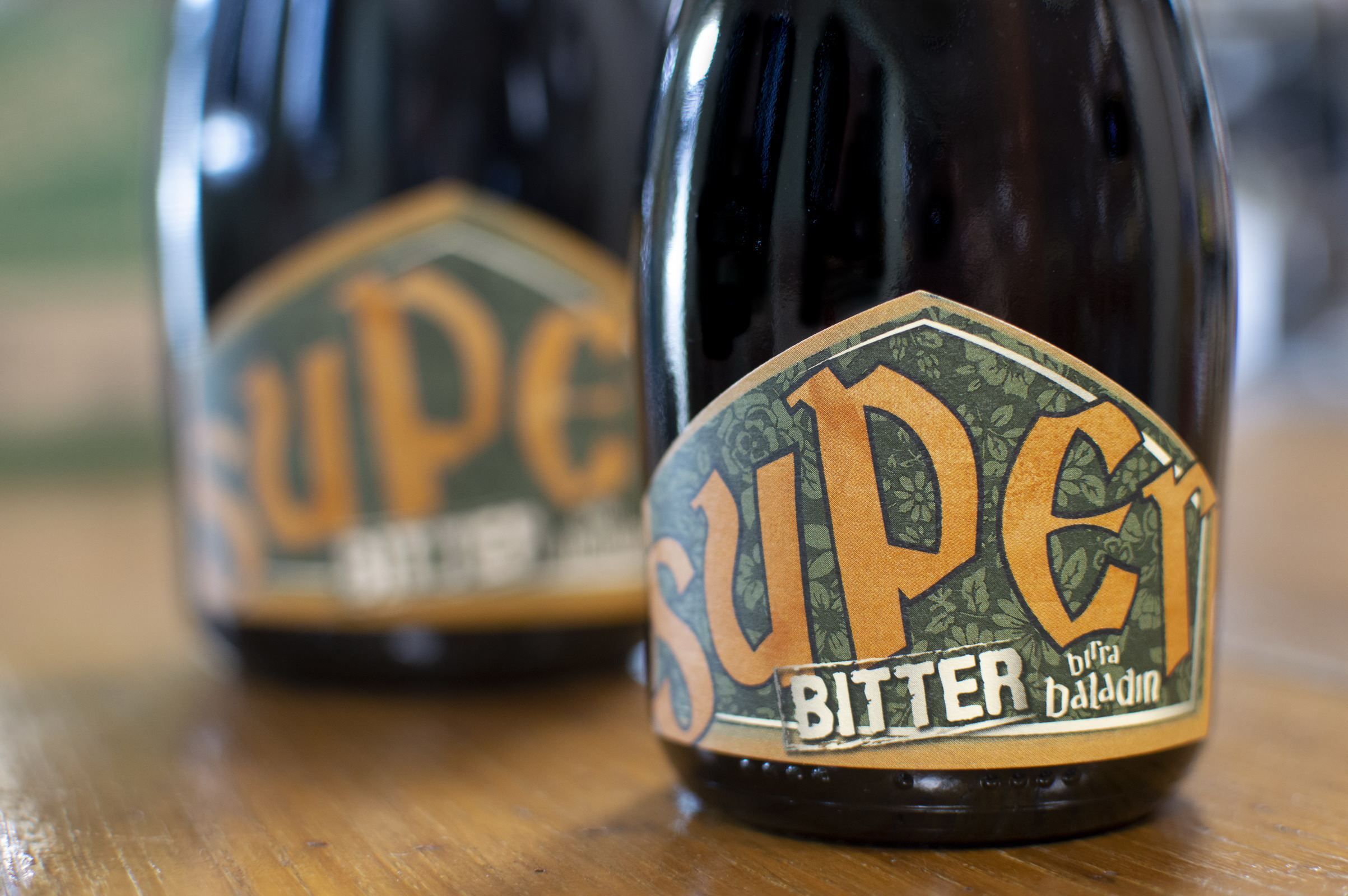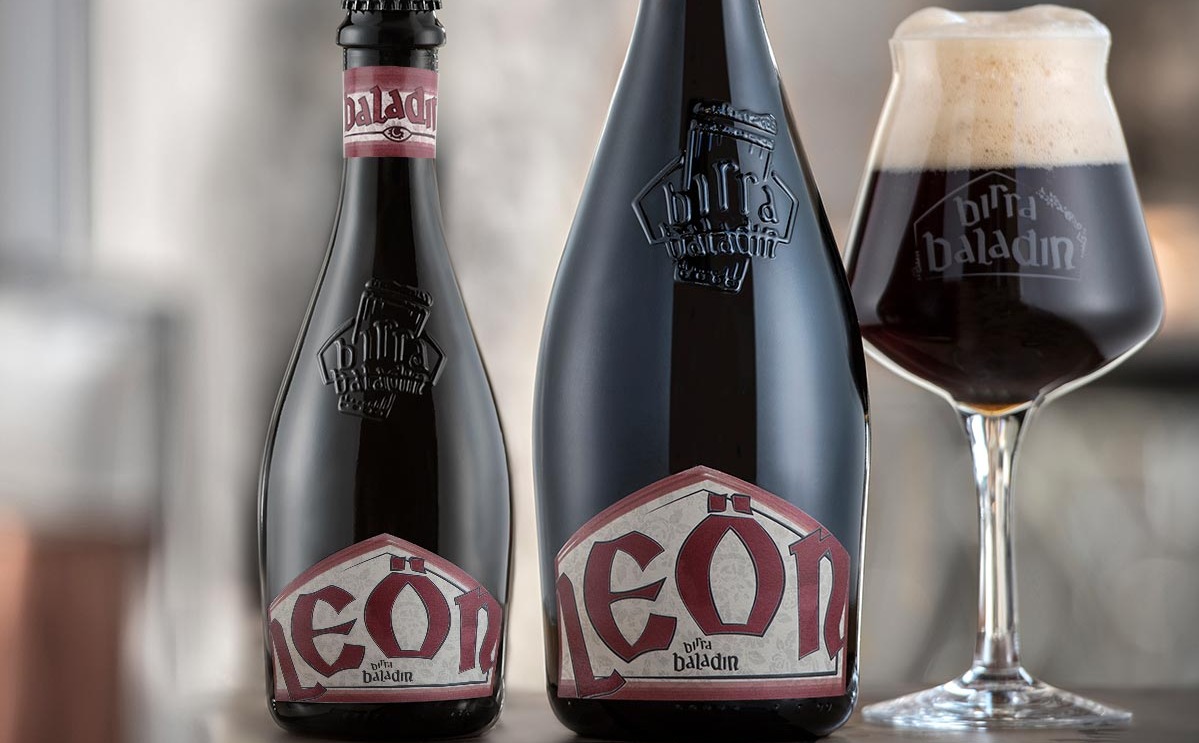A virtual tasting: let's discover Baladin Elixir!

Article by Simonmattia Riva, Biersommelier
The elixir, the water of life that can make life longer and fill it with meaning and happiness, is a utopia nurtured by mankind at all latitudes and over the millennia. Western cultures have often intertwined its myth with that of the philosopher's stone, the substance that can fix all material defects.
SUBSCRIBE TO BALADIN NEWSLETTER
Many liquors and distillates, even in recent times, take their name from this immortal archetype. But it’s beer and its production techniques that have their own philosopher's stone: the yeast. The master brewer’s homunculus, a semi-godly assistant, the magic microorganism that, if properly fed and nurtured, transforms all the other ingredients, generating complex scents and aromas.
It was from an intense alchemical exercise, which took years and was aimed at finding a yeast strain that would unequivocally characterize his beers, that Teo Musso created Baladin Elixir in 2004. The fermenting agent, as unique as it is difficult to tame, is related to the yeasts used in the Scottish island of Islay to make the famous local whiskies.
The characteristics of Baladin Elixir
When the shellac that marks the most prestigious and complex beers of the Piozzo range and the cork are removed, we hear a faint hiss, which indicates a moderate presence of carbon dioxide. Carefully poured into a snifter or a balloon - wide glasses that let the aromatic complexity explode in all its richness - Baladin Elixir boasts a deep amber color with vintage copper hues. The slight haziness reveals it has not been filtered.
The fine head has an ivory-beige color: nice and thick, it makes an intriguing crackling noise. The fine perlage rising from the bottom of the glass, like a Metodo Classico sparkling wine, is quite unusual.
The scents are complex and varied, with notes and nuances that change and evolve with the passing of seconds and minutes. It can be left in the glass for a long time while you are delving into heated debates or meditating alone. The first aromas to hit the nose are reminiscent of dates and dry figs, followed by a light touch of vanilla and a stronger malty note which evokes a rustic shortcrust pastry or, when the beer becomes a little warmer, the crust of a panettone.
After a few minutes, warm scents of wild honey, toffee, white chocolate, persimmon jam, ripe pears and quince jam emerge. These many sweets aromas, however, are enlivened by more pungent notes of candied ginger and nutmeg. After some more time in the glass, the amber liquid releases scents of almond paste accompanied by an expected tingle of alcohol and a very delicate hint of smoky Lapsang Souchong tea.
Let’s taste Baladin Elixir
The first sip reveals a very light and fine carbonation and a good yet not excessive body, considering the high alcohol content that it supports. The sweet character is quite intense, with notes of dates, dry figs filled with almonds, ripe walnut husk and light caramel, but it’s less persistent than one might expect.
The shortcrust pastry that we could smell before is now a little burnt and bitterish, while a fresher note of strawberry jam and cherries preserved in alcohol changes the mood and paves the way to touches of roasted hazelnut and bitter almonds that hit the palate and lead to the final bitterness. The finish is dry and clean, with earthy notes of Scottish single malt whisky and black tea, while the almond comes back in the after-smell.
It is a beer that Baudelaire would have enjoyed: it takes us to a bistro in Paris in the second half of the 19th century, among impressionists, poètes maudits, young and seasoned dancers and experienced viveurs engaged in endless and inspired conversations, in search of new frontiers of perception.





